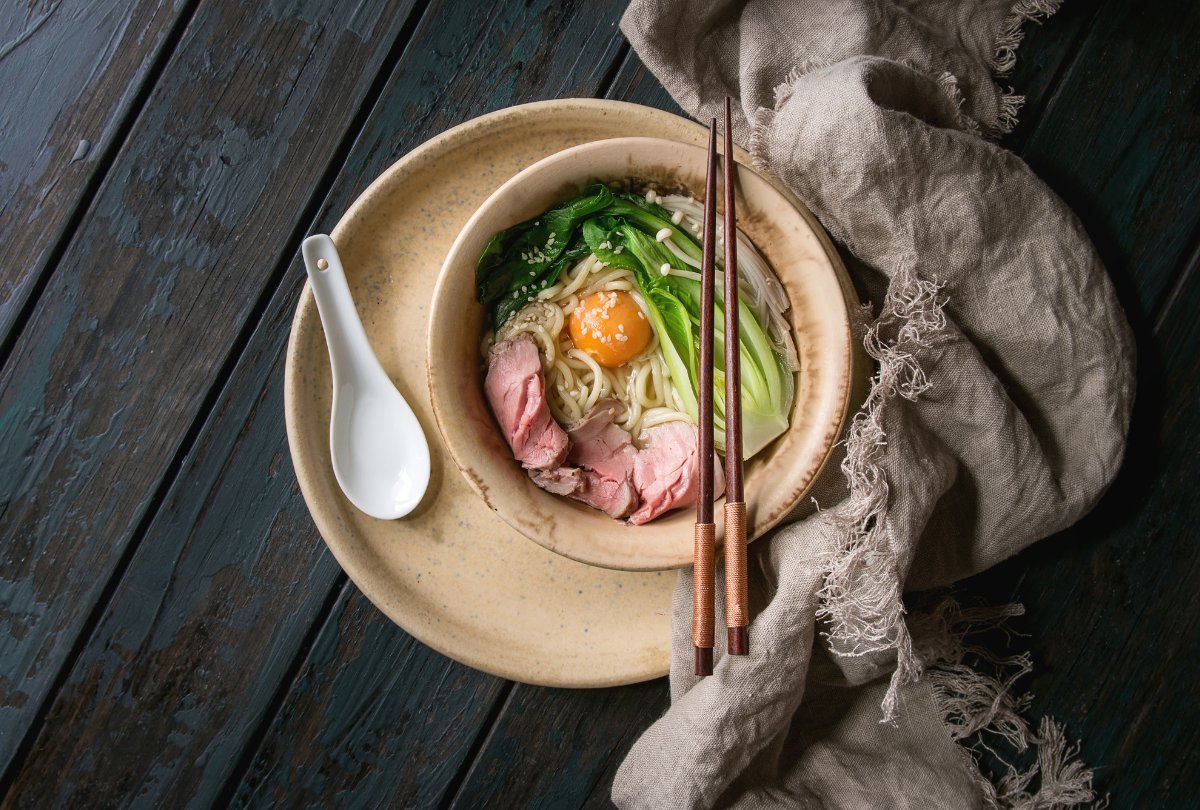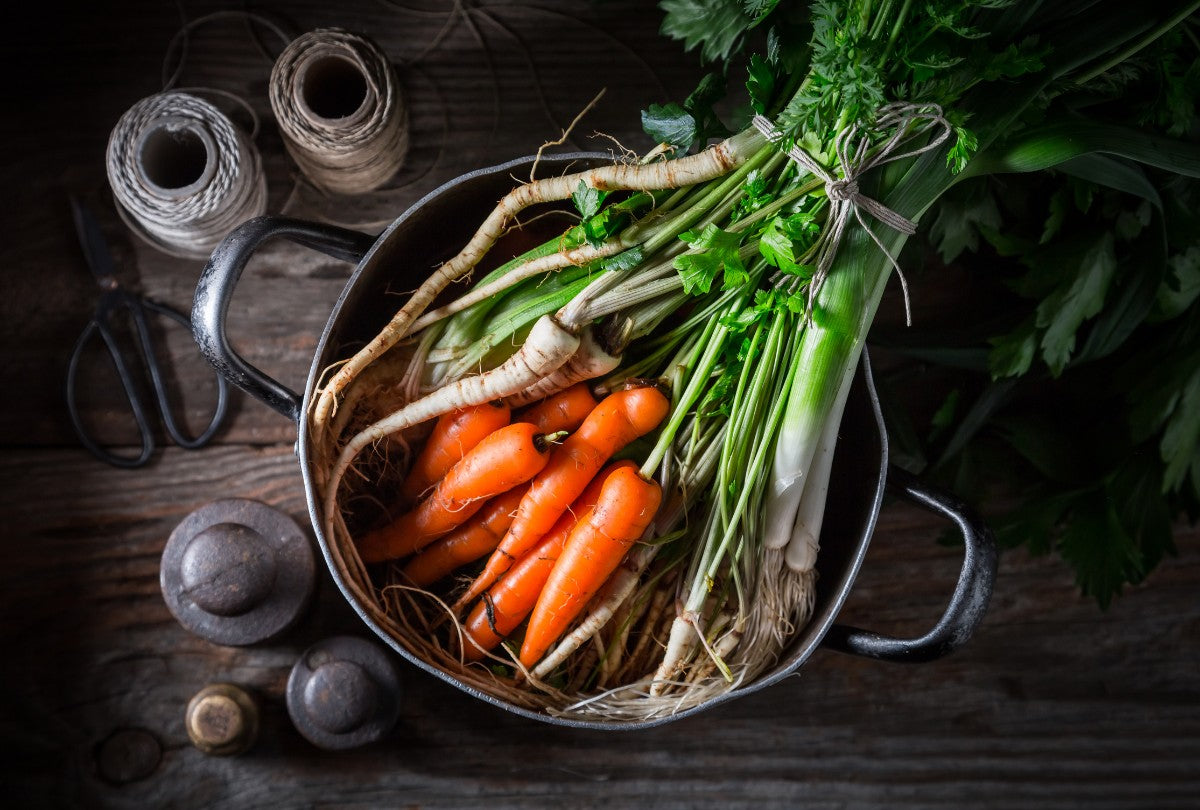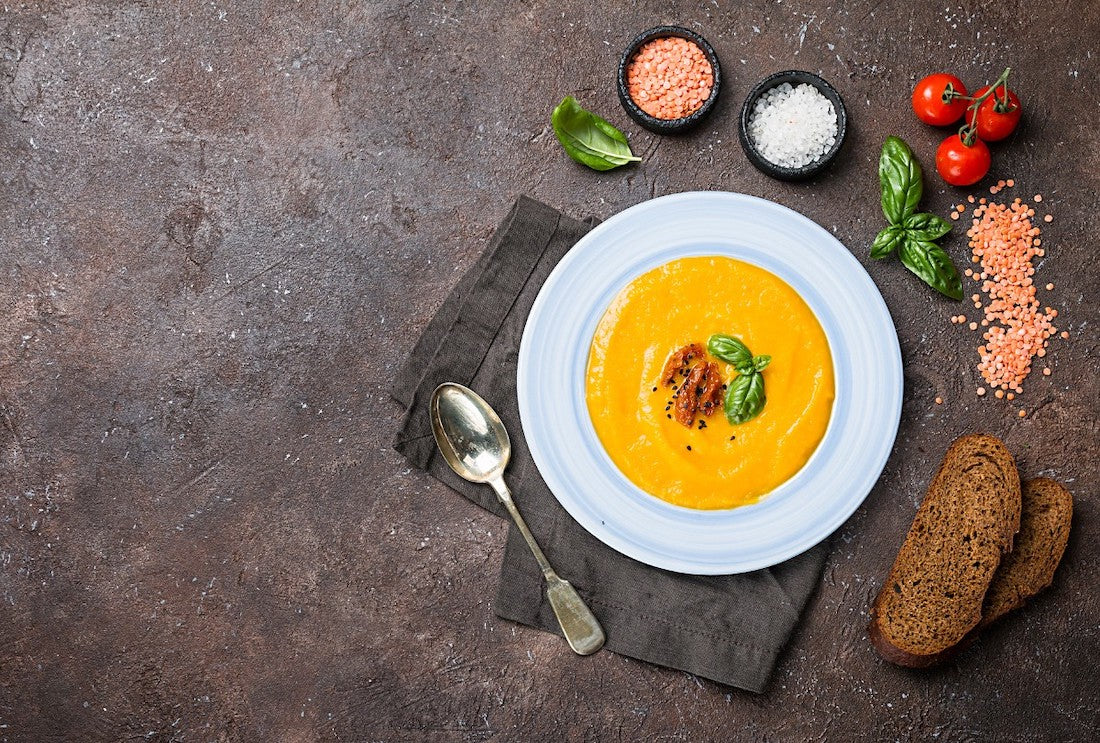If there's one thing Japanese cuisine is known for, it's its many noodle dishes. From ramen to soba, there are plenty of different types of noodles to enjoy. But there's one noodle in particular that has captured the hearts of many Japanese: udon noodles.
Udon noodles in Japanese culture
Udon noodles are not only a delicious meal but also hold significant significance in Japanese culture. They are often eaten on New Year's Day as a symbol of longevity and prosperity. Furthermore, there are several traditional ways to serve and eat udon noodles, such as with a dipping sauce or in a hot soup. Udon noodles are also a popular dish in Japanese anime and manga, where they are often featured as a favorite dish of characters.

Types of udon noodles
There are several types of udon noodles, each varying in thickness, texture, and ingredients. The most common varieties are Sanuki udon, known for its smooth texture and medium thickness, and Inaniwa udon, which is very thin and delicate. Depending on the type of udon you choose, you can prepare different dishes. Thick udon noodles are perfect for soups and stews, while thin noodles work well in salads and stir-fries.
What's the difference between ramen and udon?
The main difference between ramen and udon noodles is the texture. Udon noodles are thicker and softer than ramen. They are made of wheat flour, salt, and water and have a smooth, chewy texture. Ramen noodles, on the other hand, are thinner and have a springier texture. They are made of wheat flour, water, and alkaline salt and are often light yellow in color. Ramen and udon noodles also have different regional and historical origins. Ramen originated in northern Japan and has Chinese influences, while udon originates in western Japan and has a long history as a traditional Japanese dish.

Preparing udon noodles
Cooking udon noodles is relatively simple, but there are a few things to keep in mind. For example, it's important not to overcook the noodles, otherwise they'll become too soft. A cooking time of about 10 minutes is usually sufficient. You can also add seasonings like dashi (Japanese broth), soy sauce, and mirin to the cooking water to give the noodles extra flavor. After cooking, it's important to rinse the noodles thoroughly with cold water to stop the cooking process.
How many udon noodles per person?
As a general guideline, 50 to 75 grams of dry udon noodles per person is sufficient for a meal. However, this can vary depending on the person's appetite and whether the udon noodles are the main component of the meal or merely a side dish. It's always better to prepare a little more than too little, so that everyone has enough to eat.

How many calories are in udon noodles?
The number of calories in udon noodles depends on several factors, such as serving size and cooking method. Generally, a 100-gram serving of uncooked udon noodles contains approximately 350 to 400 calories. When the noodles are cooked, the calorie content may change slightly depending on the cooking method and any additives such as oil or sauce. Generally, a 100-gram serving of cooked udon noodles contains approximately 140 to 200 calories. However, it's important to note that the number of calories in udon noodles can vary depending on the brand and the ingredients used. Therefore, it's advisable to check the nutritional information on the packaging for accurate information.
Recipe for a classic udon noodle soup
One of the most popular dishes using udon noodles is the classic udon noodle soup. Here's a simple recipe for a delicious bowl of udon noodle soup:
Ingredients:
- 4 cups chicken broth
- 2 cups of water
- 1/4 cup soy sauce
- 1 tablespoon mirin
- 2 cloves of garlic, finely chopped with a garlic press
- 1/2 teaspoon grated ginger
- 30 grams of udon noodles
- 1 chicken fillet, thinly sliced
- 2 spring onions, finely chopped
- Black pepper to taste
- Optional: cooked vegetables such as spinach or broccoli , and cooked shrimp
Instructions:
- Heat the chicken stock , water, soy sauce, mirin, garlic, and ginger in a medium saucepan over medium heat.
- Bring the mixture to a boil and let it simmer gently for about 5 minutes.
- Add the udon noodles and cook for 2 to 3 minutes until cooked through.
- Add the chicken breast and cooked vegetables (if desired) and cook for another 2 to 3 minutes.
- Divide the noodles, chicken and vegetables among the bowls and pour the hot broth over them.
- Garnish with spring onions and black pepper to taste. Serve immediately and enjoy!
[product=saucepan-set-without-lid]
These pans combine high-quality materials with advanced technology to guarantee the best cooking results.
[/product]
Frequently Asked Questions
What are udon noodles?
Udon noodles are thick, soft, white noodles used in Japanese cuisine. They are made of wheat flour, water, and salt and have a chewy texture.
How are udon noodles prepared?
Udon noodles are made by kneading wheat flour and water into a dough, then rolling out and cutting the dough into long, thick strands. The noodles are then cooked in boiling water until tender.
What is the nutritional value of udon noodles?
Udon noodles are rich in carbohydrates and contain a moderate amount of protein. They also contain some essential nutrients such as iron and B vitamins. For the exact nutritional information of the noodles, we recommend checking the packaging.
How do I serve udon noodles?
Udon noodles can be served in a hot broth, stir-fried with vegetables and meat, or cold as part of a salad. They can also be served with sauces such as soy sauce, mirin, and dashi.
Where can I buy udon noodles?
Udon noodles are available at most Asian supermarkets and online stores that sell Japanese products. They're also often available in major supermarket chains.
Are udon noodles gluten free?
No, udon noodles are made with wheat flour and are therefore not gluten-free. People with celiac disease or gluten intolerance should avoid udon noodles and look for a gluten-free alternative.
How long can I store udon noodles?
Cooked udon noodles can be stored in the refrigerator for several days to a week if kept in an airtight container. They can also be frozen for long-term storage. It is recommended to consume the noodles within three months of freezing.
Udon noodles are a versatile and delicious ingredient native to Japan. They can be used in a variety of dishes, from soups to stir-fries and salads. With their rich history and cultural significance in Japan, as well as their healthy nutritional profile, udon noodles are a great option to incorporate into your diet. Try one of the many delicious udon noodle dishes and discover for yourself why this is one of Japan's favorite noodles. We're fans!



Leave a comment
This site is protected by hCaptcha and the hCaptcha Privacy Policy and Terms of Service apply.